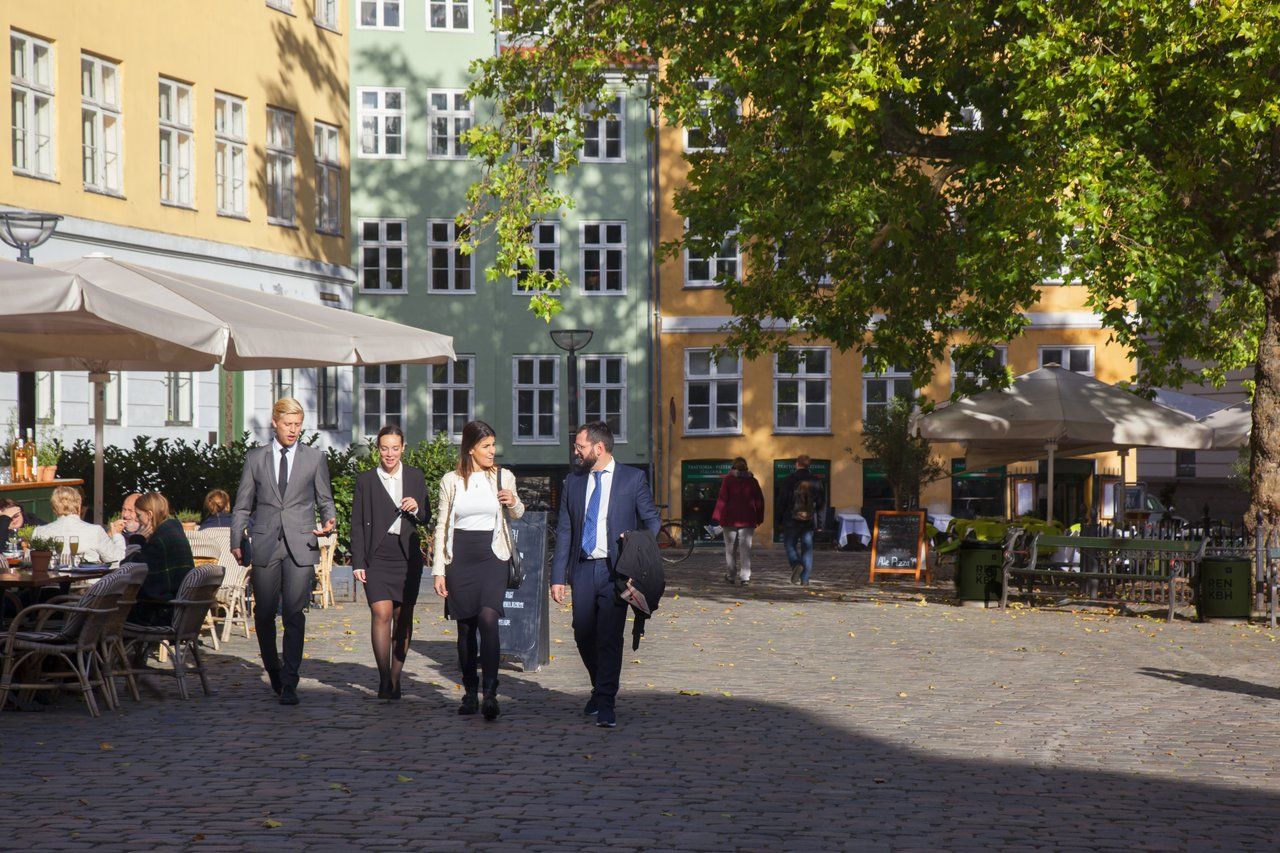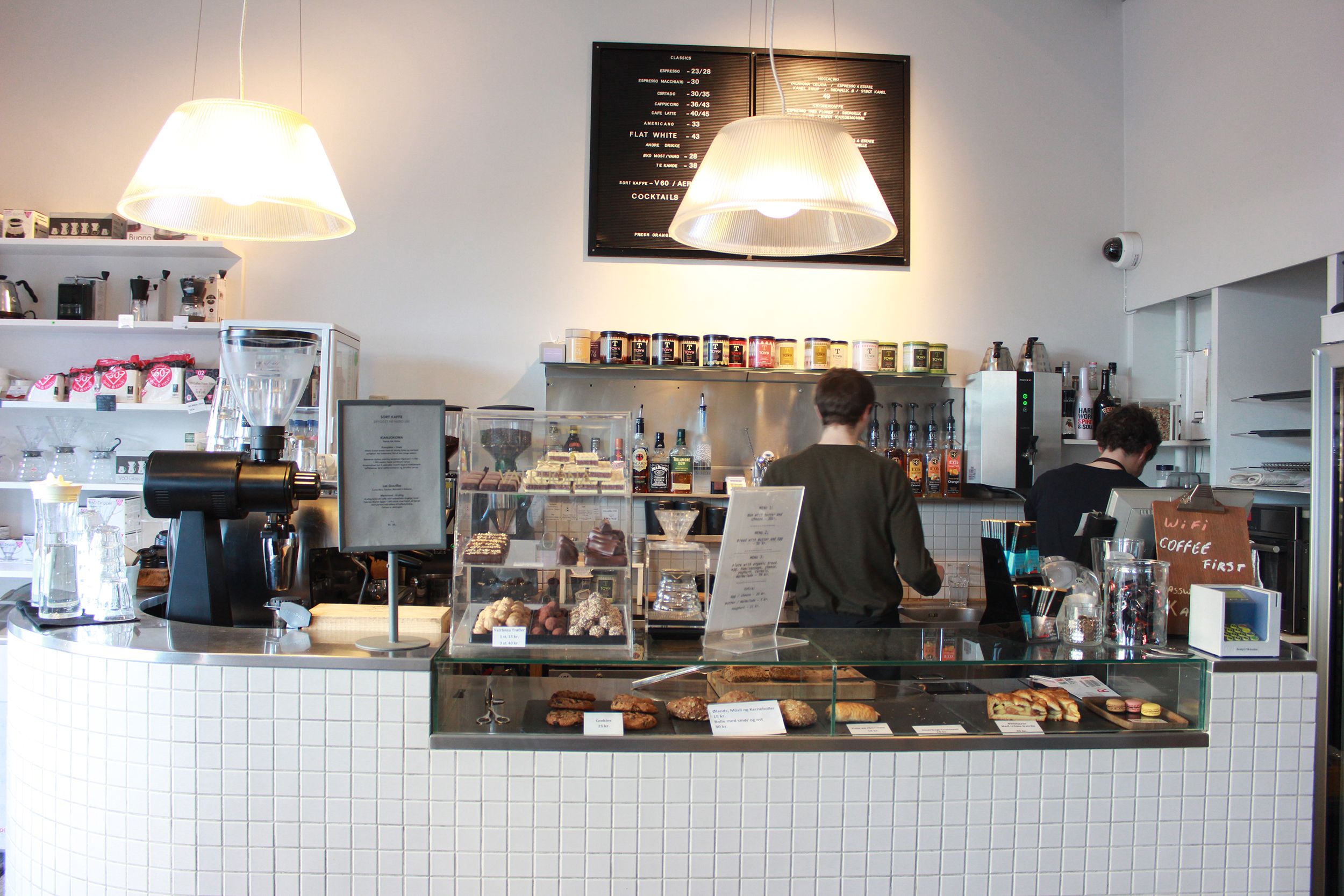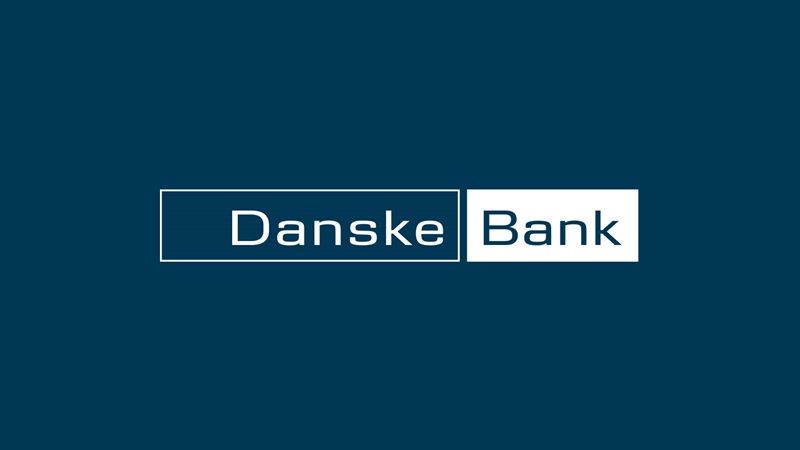According to analysis by Horesta, the national association for the hotel, restaurant and tourist industry, more people are visiting the island of Bornholm, but the average length of stay has reduced, so the total number of nights spent on the island remains unchanged from last year, DR Nyheder reports.
“There is a tendency for most people’s main holiday to be shorter, which means that people travel more often but for shorter periods,” Benny Schou, Horesta’s local chairman for Bornholm, explained.
Optimism for 2015
“The ferry has reported an increase in numbers on their routes to the island so, since we haven’t seen an increase in overnight stays, it means that people are taking shorter holidays.”
However, Horesta is optimistic there will be a positive development next year.
“We’ve got to be quite satisfied with the season. In addition to that we’ve had a summer with fantastic weather – and that promises good bookings next year,” according to Schou.
A third of the visitors to Bornholm come from either Germany or Sweden.














